The city of Irpin, just outside Ukraine’s capital, Kyiv, was one of the first major targets of Russia’s full-scale invasion—and for a month, it stood as a battleground under occupation.
Russian forces launched their assault on Irpin on February 27, 2022, just three days after the full-scale invasion began. The city, sitting directly on a key route to Kyiv, became a central axis of Russia’s advance. For nearly a month, Irpin was under Russian occupation. Ukrainian defenders fought to stop the advance, building by building, refusing to let Irpin fall without a fight.
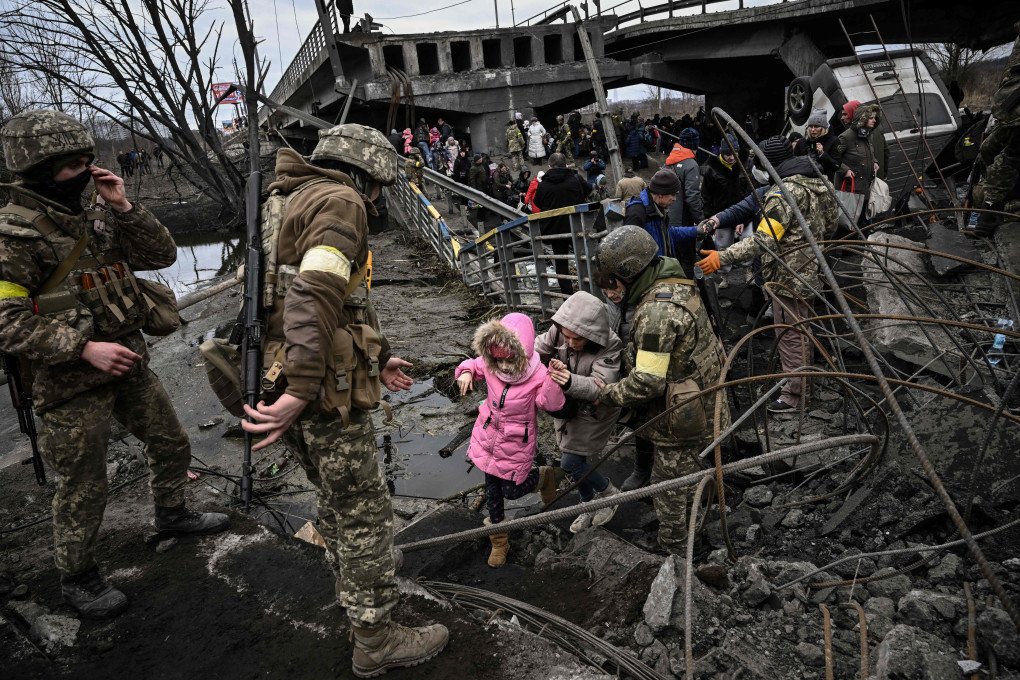
Irpin quickly became one of the first examples of Russia’s wartime tactics: soldiers killed civilians, looted apartments, shelled entire residential districts, and dropped aerial bombs on homes. The scale of destruction was staggering. As they retreated, Russian troops rigged apartment building entrances with explosives to increase civilian casualties, including among residents returning to their homes.
A UNITED24 Media journalist visited Irpin shortly after its liberation in late March 2022, when Ukrainian forces pushed the Russian army out of Kyiv and Chernihiv regions. The scenes were harrowing: large apartment blocks burned to the ground, where just a month earlier life had been bustling. Before the invasion, Irpin was home to over 65,000 people and was steadily developing. By April 2022, its streets were empty—a city that felt abandoned by life itself.
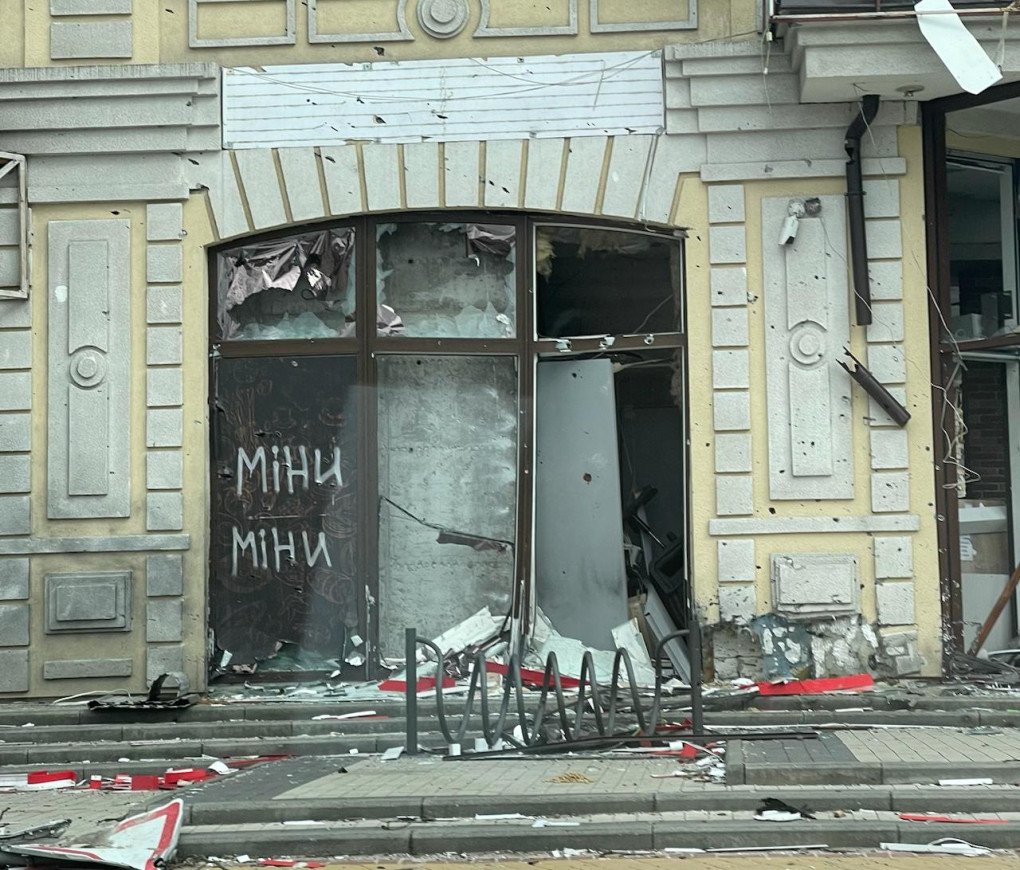
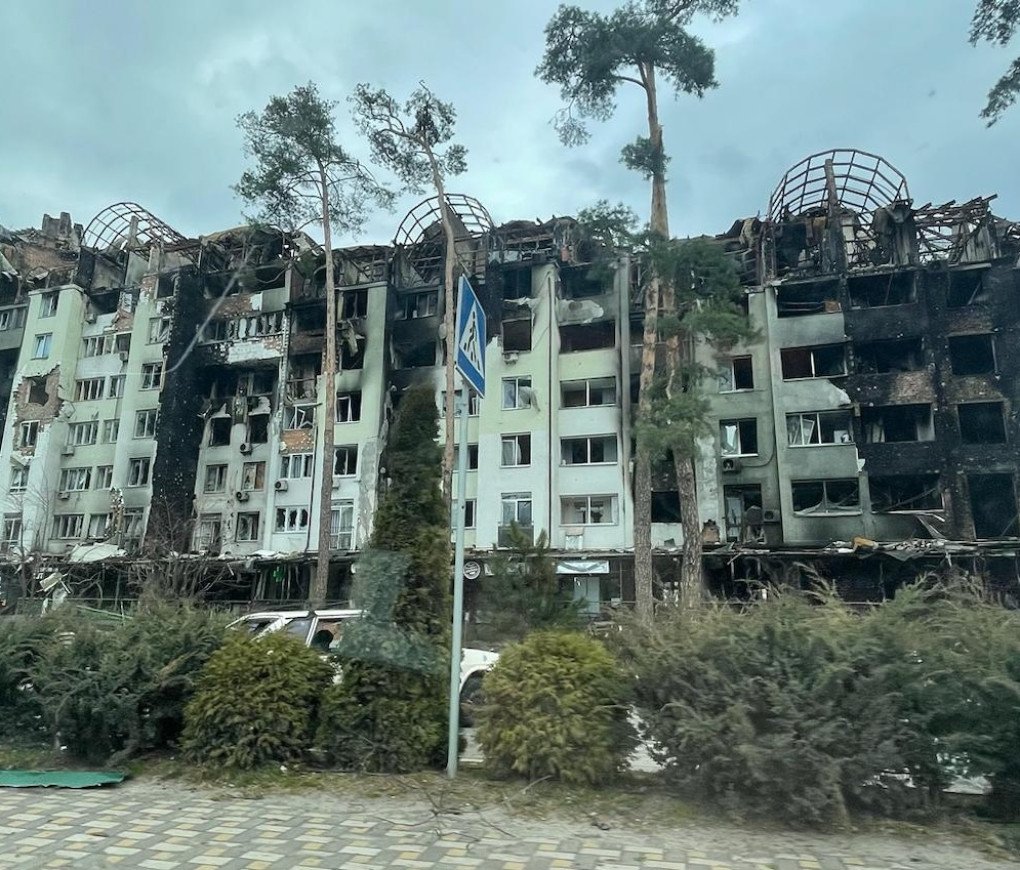
It was no wonder. Bullet holes scarred virtually every building. A suffocating silence hung in the air. The only people in sight were military personnel, police, and a few civilians emerging from basements where they had taken shelter from the invading troops.
Emergency crews returned immediately to restart the city’s vital functions. They began repairing power lines that had collapsed across the roads after nearly a month of Russia’s relentless attacks.
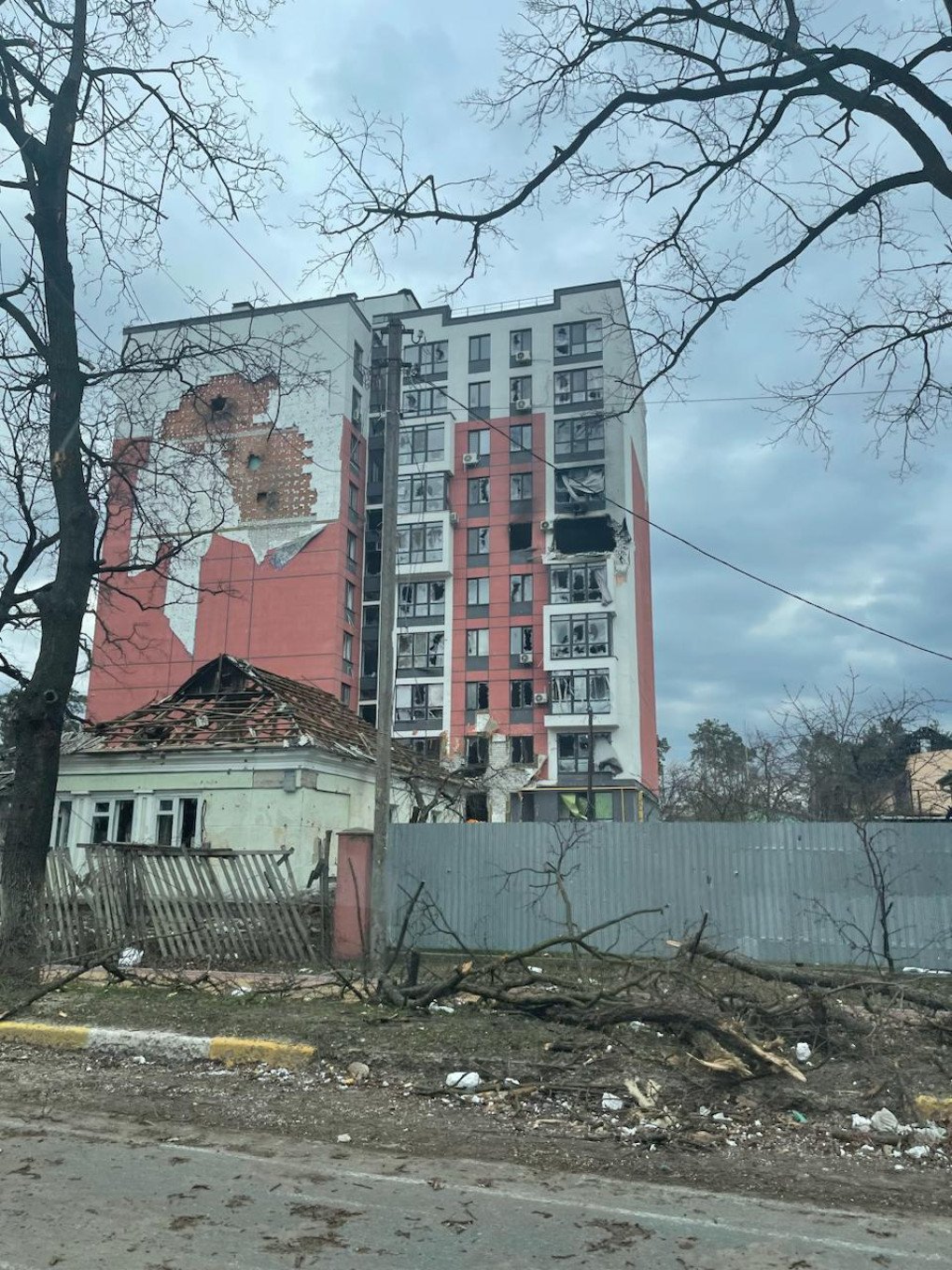
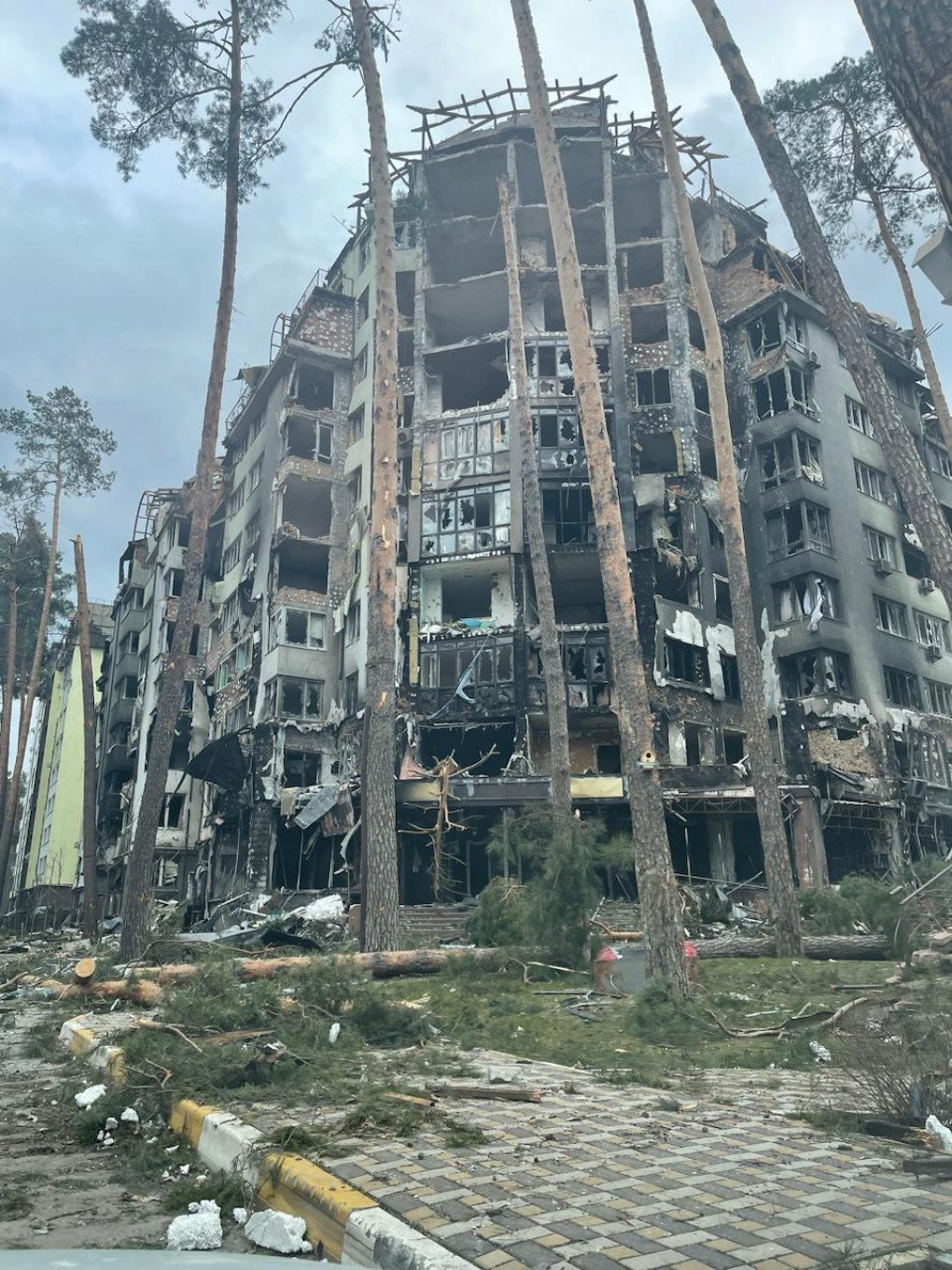
Russia spared no means in its assault on Irpin: aerial bombs, artillery, mortars, and tank fire. Because the city stood in the way of a direct route to Kyiv, Moscow aimed to seize it swiftly—regardless of the city’s fate. The Kremlin’s declared objective: capture Kyiv in three days. Irpin became a stark illustration of what those words truly meant. While claiming the full-scale invasion was a “peacekeeping mission,” Russian forces were, in fact, razing towns like Irpin to the ground.
Another grim hallmark of the Russian army emerged—looting. Russian soldiers smashed open apartment doors and stole personal belongings. Even grocery stores weren’t spared, with alcohol among the most plundered items.
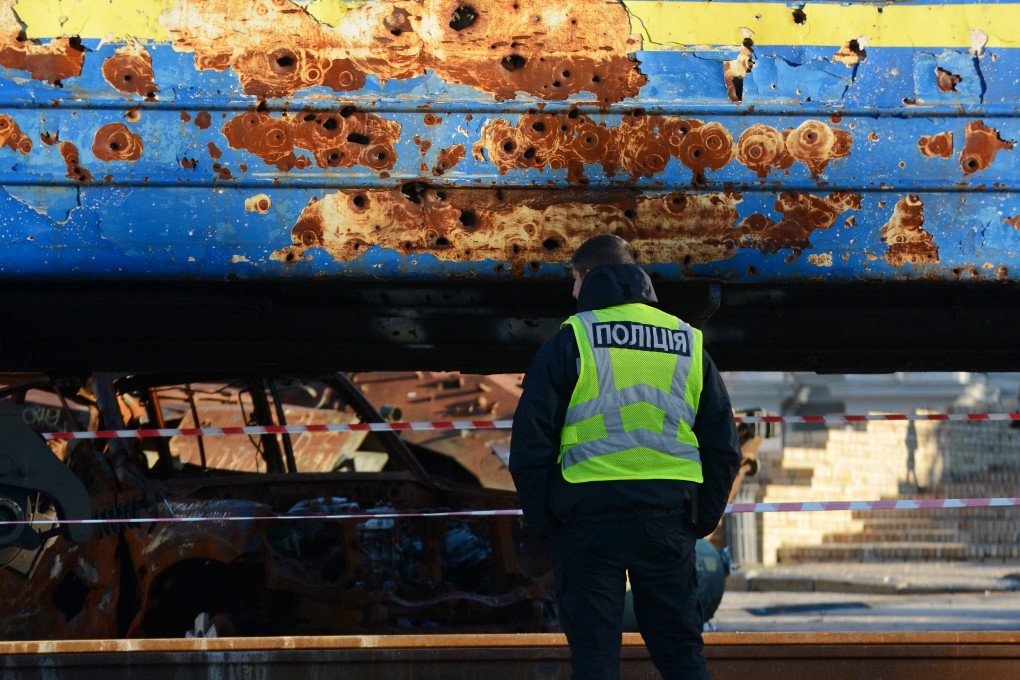
Irpin’s liberation wasn’t celebrated in Ukraine. Not after what was discovered in the wake of the Russian withdrawal. The number of civilian deaths was so high that corpses weren’t being removed quickly enough. Explosions still echoed in the distance—Ukrainian sappers were working to clear the deadly remnants of the Russian offensive.
Nearby towns like Hostomel and Bucha suffered similar fates: homes and apartments destroyed, hundreds of civilians killed, widespread looting and pillaging. In just one month, the Russian army had turned the Kyiv region into a landscape of death—and has yet to be held accountable.
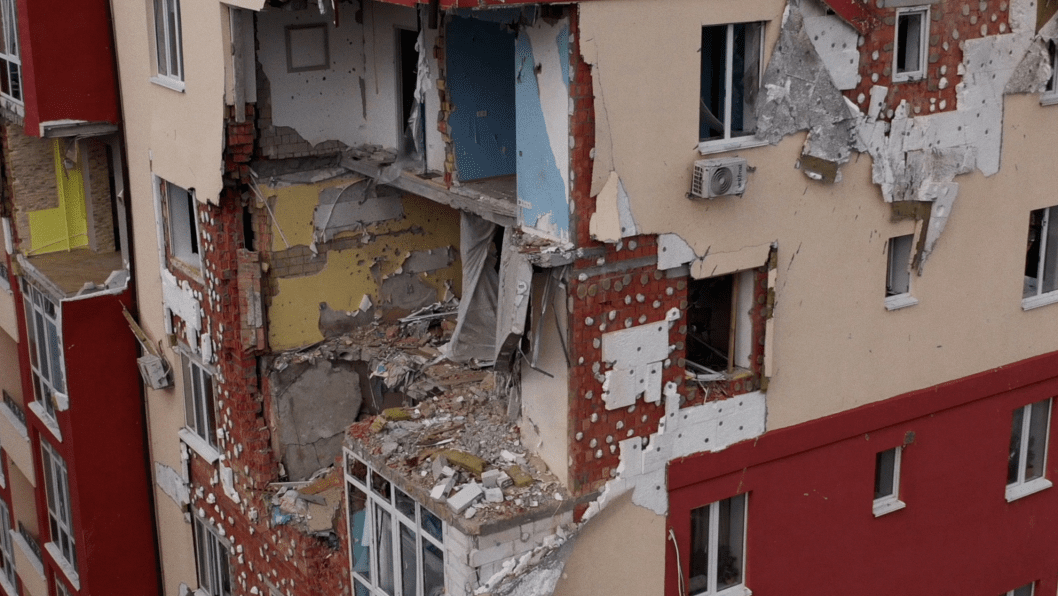
-29a1a43aba23f9bb779a1ac8b98d2121.jpeg)
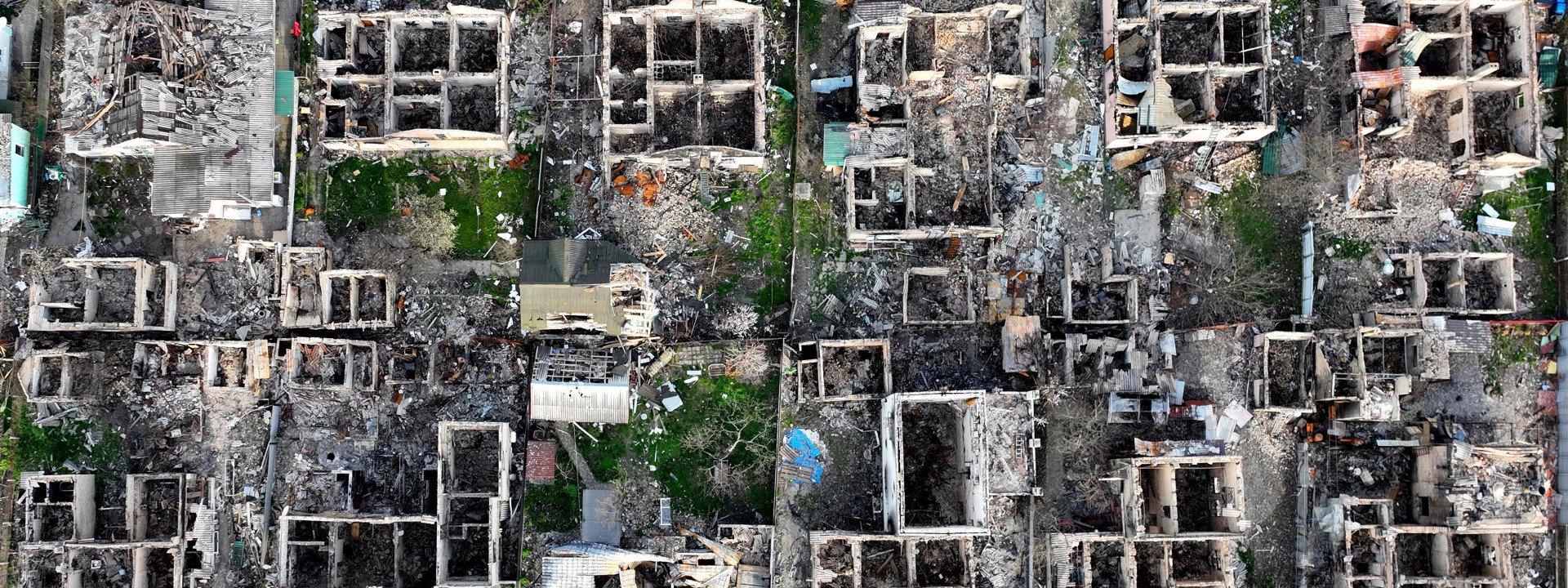
-c42261175cd1ec4a358bec039722d44f.jpg)
-46f6afa2f66d31ff3df8ea1a8f5524ec.jpg)
-6359eca46c72bde40a90abaaadd6eaa8.png)

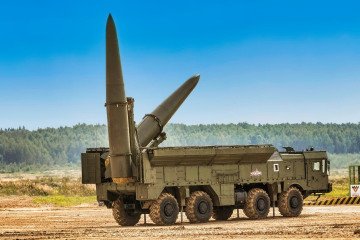
-206008aed5f329e86c52788e3e423f23.jpg)